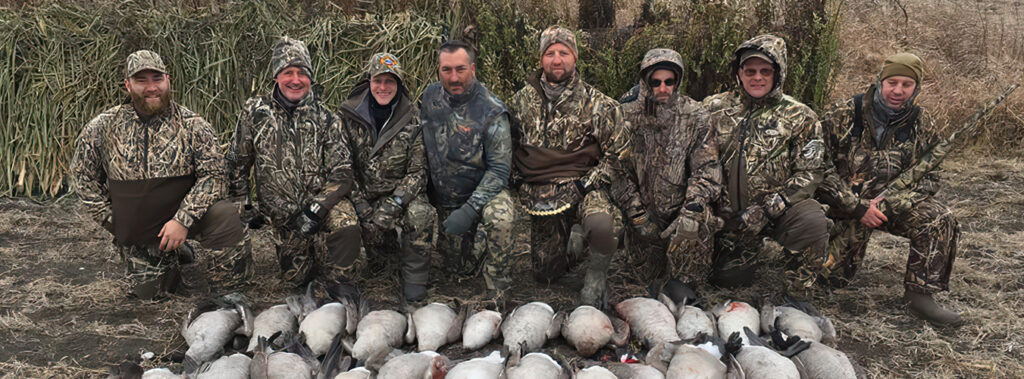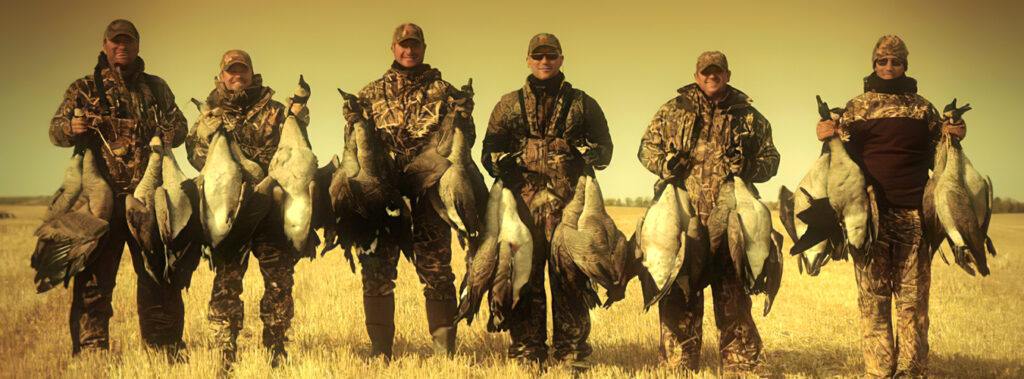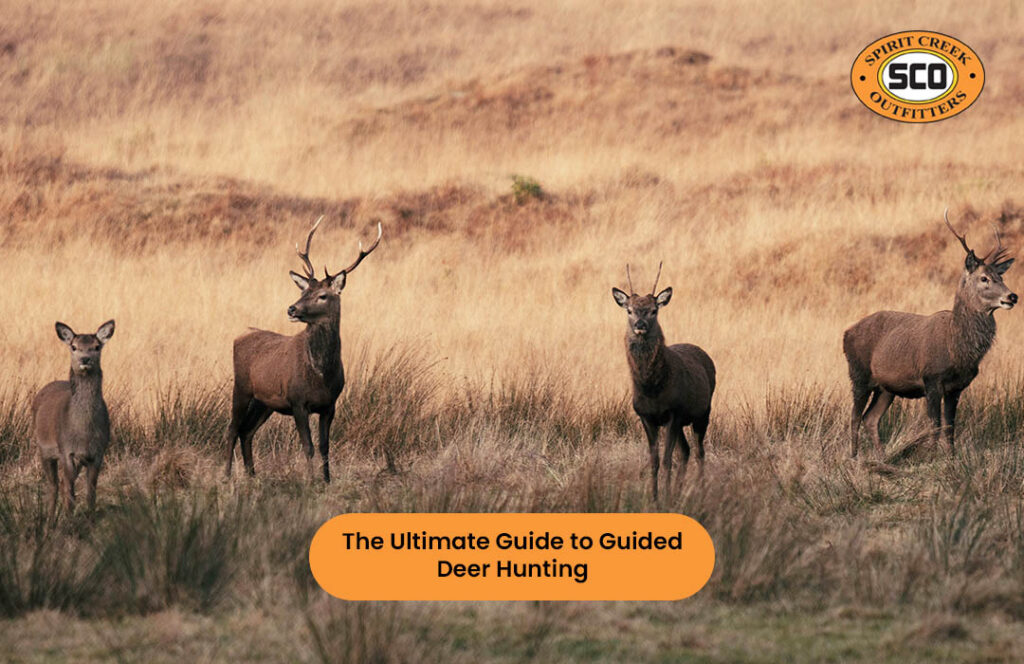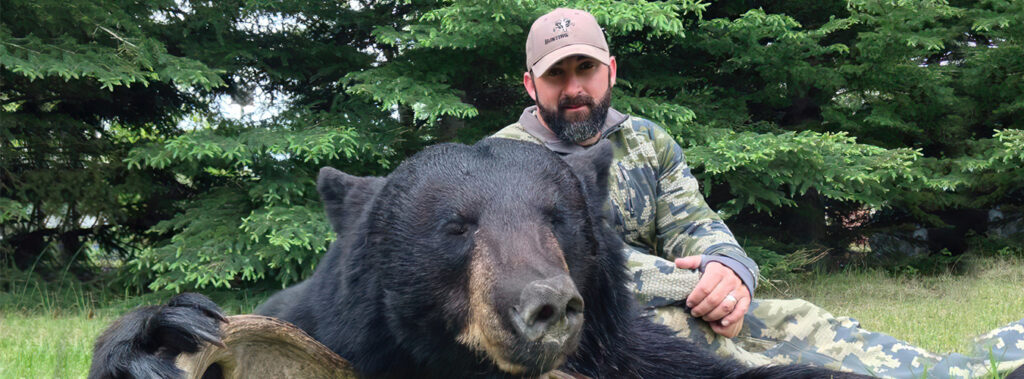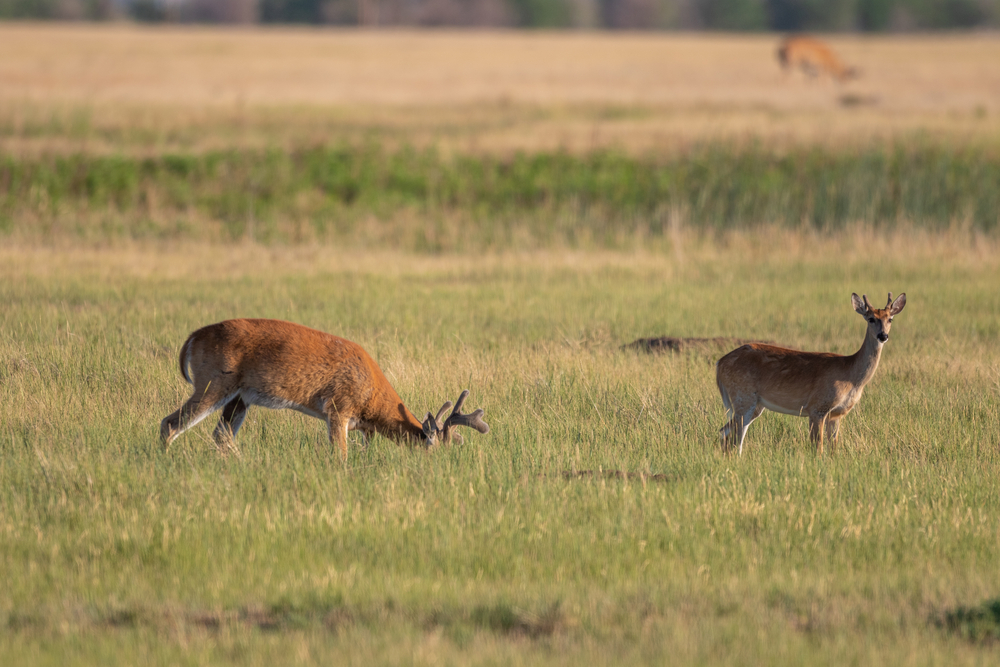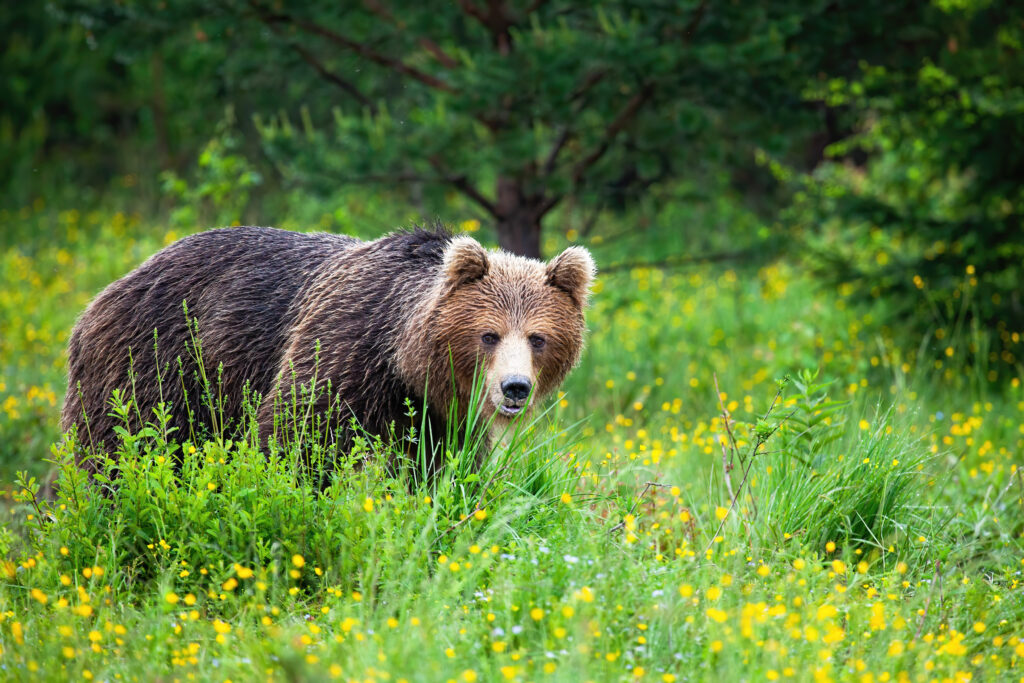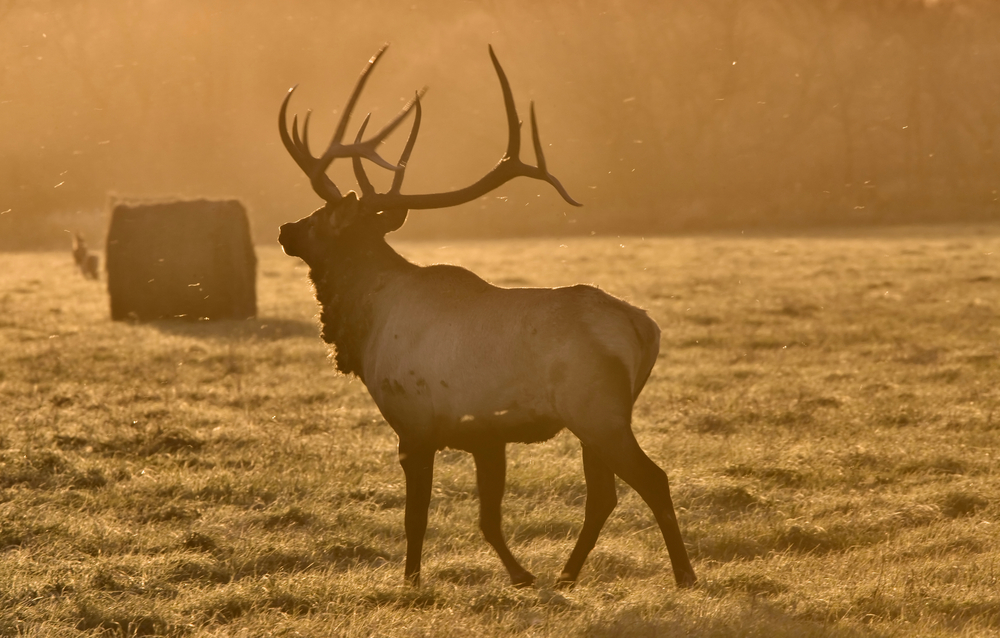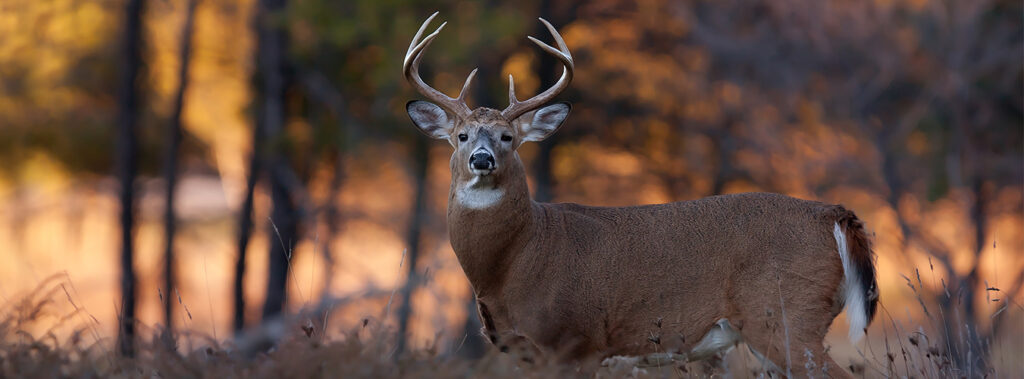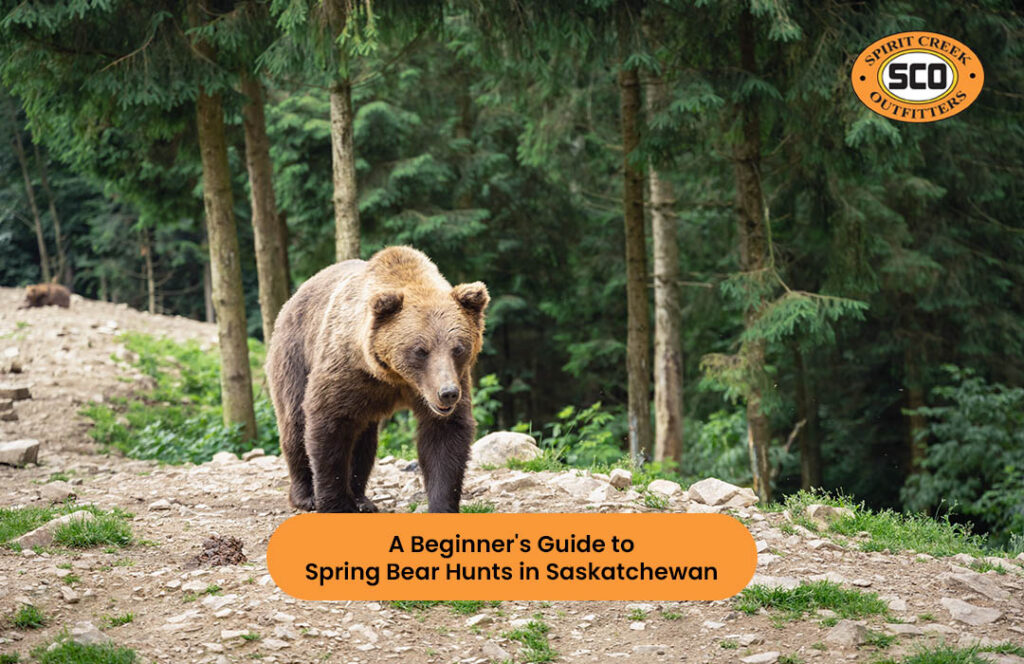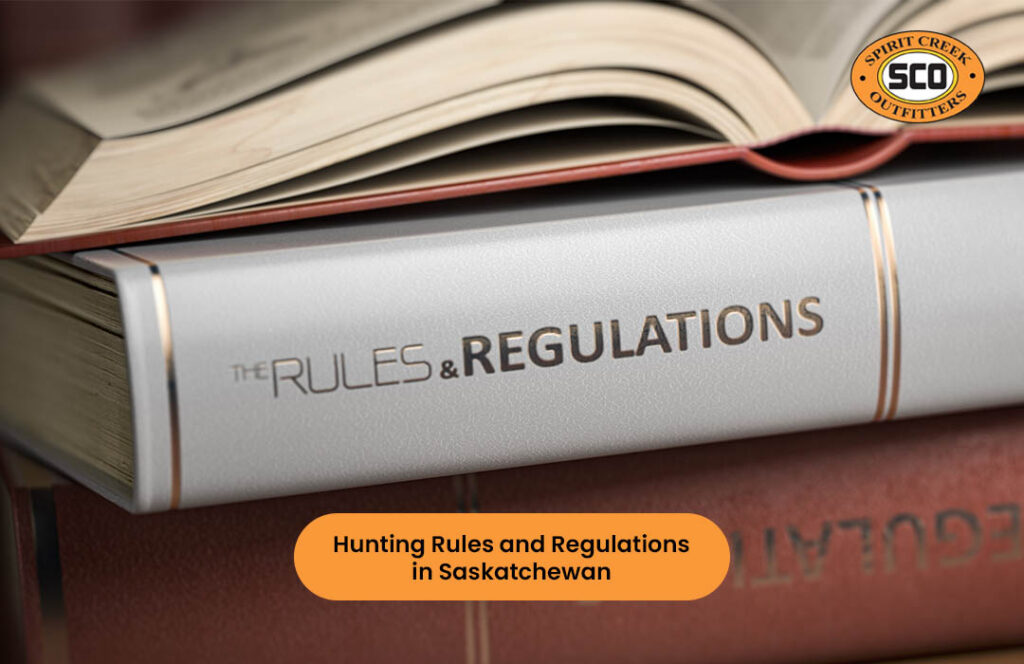Introduction to Goose Hunting with Spirit Creek Outfitters
Welcome to goose hunting with Spirit Creek Outfitters, where your adventure begins. Goose hunting is more than just a sport—it’s an art form that requires patience, skill, and the right approach. At Spirit Creek Outfitters, we make it our mission to guide you through this exciting journey. Whether you’re a seasoned hunter or new to the game, we’ve got all the bases covered. Goose hunting involves early mornings, strategic decoy placements, and understanding the behavior of geese. Our expert guides are passionate about what they do and are here to share their knowledge on how to make your hunt successful. With us, you’ll learn everything from choosing the right gear to mastering the art of calling. It’s not just about the hunt; it’s about experiencing the great outdoors and creating memories that last a lifetime. Get ready to immerse yourself in the thrilling world of goose hunting with Spirit Creek Outfitters.
Why Choose Spirit Creek for Your Skyward Adventure?
Choosing Spirit Creek for your goose hunting adventure is like picking the top shelf for your experiences. Here’s why. Spirit Creek Outfitters knows the land like the back of their hand. They’ve been around, guiding hunters through the best spots for that perfect shot. Their guides are not just locals; they’re enthusiasts with a passion shared by few. They turn what could be a standard hunting trip into an unforgettable skyward adventure. Safety comes first, always. With Spirit Creek, you’re not just a client; you’re part of a community where safety is the top priority. Their gear, knowledge, and protocols are top-notch, ensuring everyone comes back with stories, not scars. Success rates? Through the roof. Spirit Creek’s seasoned guides have the know-how to make your outing fruitful. Their expertise and intimate knowledge of goose behavior mean you’re much more likely to hit your limit and have tales to tell. The environment matters to them. They promote responsible hunting practices, ensuring that the thrill of the hunt never compromises the natural balance. Choosing Spirit Creek isn’t just about where you hunt; it’s about who you become in the process. A responsible, successful hunter with respect for the land and its traditions.
Essential Gear for Goose Hunting
Before you set foot in the field with Spirit Creek Outfitters, make sure you’re kitted out with the right gear for goose hunting. This isn’t just about having a shotgun. First, you need a good quality shotgun that’s suited for the task. 12-gauge is a popular choice for its balance of power and manageable recoil. You’ll also need non-toxic shot, as lead shots are banned in waterfowl hunting. Then, get yourself some camouflage. Your gear needs to blend into your surroundings, so consider the terrain and the season. Chest waders are a must if you’re hunting in or near water; they’ll keep you dry and comfortable. Don’t forget a reliable pair of binoculars. Spotting geese from a distance can make the difference between a successful hunt and just a day outside. A goose call is crucial too. Mastering the call can take time, but it’s key to attracting geese within range. Lastly, decoys can greatly improve your chances. Mix full-body and shell decoys to create a convincing spread. Each piece of gear plays its part in the bigger picture of a successful goose hunt with Spirit Creek Outfitters. Remember, the right preparation leads to rewarding outcomes.
Understanding Goose Behavior for Better Hunts
Knowing how geese behave is key to a successful hunt. First, remember that geese are social birds that prefer to stay in large groups. This habit makes decoys an effective strategy when hunting. Place your decoys in patterns that mimic natural goose gatherings to attract them. Also, geese have sharp eyesight. They can spot you from afar, so blending into your surroundings is crucial. Wear camouflage and stay still to avoid detection. Lastly, geese communicate with each other through honking. Learning the different goose calls and using them can greatly improve your chances of drawing geese closer. By understanding these aspects of goose behavior, you’ll have a better strategy for your next hunt.
The Best Times to Hunt Geese: Seasons and Hours
When planning your goose hunting adventure, timing is everything. Geese are migratory birds, meaning they move from place to place with the seasons. Fall through early spring marks the best season for hunting geese, mainly because this is when they’re on the move, making them more abundant in certain areas. Specifically, the peak months to hunt are October through January, when the migration is at its height.
As for the best hours during the day, it’s all about the early bird catching the worm, or in this case, the goose. Get out there during the early morning hours, just after sunrise. This is when geese leave their roosts in search of food and are most active. Another good time is late afternoon, a couple of hours before sunset, when they head back to rest. These birds have a routine, and understanding it is key to a successful hunt.
Keep in mind, weather plays a role too. Geese prefer bad weather, so a day that’s looking cloudy with moderate winds might just be your perfect hunting day. Remember, it’s not just about being out there; it’s about being out there at the right time.
Preparing for Your Hunt: Tips and Strategies
Before you head out with Spirit Creek Outfitters for your goose hunting adventure, getting prepared is key to ensure a successful and enjoyable experience. Here’s what you need to know to get ready. First things first, get familiar with your gear. Make sure your shotgun is in top shape and you’re comfortable using it. It’s also wise to practice your shooting beforehand, so you feel confident when it’s time to aim at flying geese. Next, invest in quality camouflage. Geese have sharp eyes, so blending into your surroundings is critical. Whether it’s your clothing or blinds, make sure it matches the environment where you’ll be hunting. Understanding goose behavior is another crucial strategy. Learn about their feeding patterns, where they like to rest, and how they respond to different calls. This knowledge will help you choose the best spots and times for hunting. Speaking of calls, mastering goose calls can significantly improve your chances. Practice makes perfect, so don’t hesitate to spend time getting your calls just right. Lastly, check the weather forecast and prepare accordingly. Being comfortable and adapting your strategies to the weather can make a big difference in your hunting experience. Remember, patience and preparation go hand in hand with goose hunting. Take these tips and strategies to heart, and you’re already on your way to an exciting adventure with Spirit Creek Outfitters.
On the Ground with Spirit Creek: What to Expect
Heading out with Spirit Creek Outfitters, you’re stepping into a world where goose hunting becomes not just a sport, but an unforgettable adventure. From the moment you meet your guides, you’ll feel the excitement in the air. Expect early mornings; the birds won’t wait, and neither will we. You’ll be setting off in the dark, heading to pre-scouted locations where geese are known to gather. No two days are the same in the field. The weather, the birds’ migration patterns, and even the time of year will shape your experience. Your guides come equipped with knowledge of the land and the habits of the geese to give you the best shot at success. You’ll learn to set up decoys, call geese, and perfect your aim. And it’s not all about the hunt. There’s the camaraderie, the stories shared between new friends, and the quiet moments at dawn, watching the world wake up. With Spirit Creek, you’re not just hunting; you’re immersing yourself in an experience that touches on the wild heart of nature itself. So, pack your gear, bring your enthusiasm, and get ready to create memories that will last a lifetime.
Safety Measures and Ethical Hunting Practices
When heading out with Spirit Creek Outfitters for a skyward adventure in goose hunting, always keep safety at the forefront. Make sure to treat every gun as if it’s loaded, pointing the muzzle in a safe direction at all times. This basic principle is crucial for preventing accidents. Wear eye and ear protection to safeguard your senses during the hunt. It’s also vital to stay within your shooting zone, never firing at geese beyond a safe range or in the direction of people or structures.
Ethical hunting practices go hand in hand with safety. This means only taking shots that have a high probability of a clean, humane kill, thus respecting the game and avoiding unnecessary suffering. Follow local hunting laws and regulations to the letter, including bag limits and season dates. These rules are in place to ensure sustainable goose populations for future generations.
By adhering to these safety measures and ethical practices, you ensure a responsible and enjoyable hunting experience. Remember, hunting is not just about the thrill; it’s about respecting nature, wildlife, and fellow hunters. So, let’s keep it safe and ethical out there.
Capturing the Moment: Photography and Remembrance
Capturing the goose hunting adventure isn’t just about the hunt; it’s about preserving memories that last a lifetime. When you’re out in the wild with Spirit Creek Outfitters, every moment is a potential masterpiece waiting to be framed. Photography plays a crucial part in this journey. You don’t need high-end equipment; a simple smartphone camera or a basic DSLR can do wonders. Focus on natural lighting for the best shots and aim for early mornings or late afternoons when the sun casts a golden hue over the landscapes and geese alike. Action shots of geese taking off or landing, the camaraderie among hunters, and the serene beauty of the hunting grounds are all worth capturing. Remember, the goal is to tell a story, your story. Each photo should speak to the excitement, the anticipation, and the joy of the hunt. Share these captures with friends and family, or keep them in a personal album as a testament to your adventures in the wilderness. Photography enriches the hunting experience, transforming fleeting moments into everlasting remembrances.
Wrapping Up: Lessons Learned from the Field
In the field, every moment is a lesson, and with Spirit Creek Outfitters, that’s exactly what you get. By spending time under the open sky, hunters learn not just about goose hunting, but about patience, timing, and respect for nature. It’s clear that success doesn’t come from the most expensive gear or the latest technology; it comes from understanding the habits of geese, the importance of decoy placement, and mastering the art of the call. The most valuable takeaway? Adaptability. Conditions change, geese are unpredictable, and learning to adjust is crucial. Whether you’re a seasoned hunter or new to the game, remember, every outing is an opportunity to learn and grow. So, keep your mind open, your shots true, and always respect the environment you’re in. The lessons learned from the field with Spirit Creek Outfitters are ones you’ll carry long after the hunt is over.
